Within the walls of schools, where learning should flourish, extreme heat can inhibit academic performance and overall well-being. Classrooms, often lacking adequate ventilation and climate control, transform into stifling environments that hinder concentration and engagement. For marginalized students—those from low-income families, students of color, and those with disabilities—the repercussions are even more profound. These students frequently attend schools in underfunded districts, where resources for climate control and infrastructure improvements are scarce. Consequently, they are left to navigate their education in conditions that are not only uncomfortable but detrimental to their learning experience.
Research indicates that high temperatures can lead to decreased cognitive function, increased absenteeism, and heightened stress levels. For marginalized students, who may already face systemic barriers to educational success, the added burden of extreme heat can exacerbate existing inequalities. The combination of environmental stressors and socio-economic challenges creates a perfect storm, where the most vulnerable populations are pushed further behind their peers.
Moreover, the implications of extreme heat extend beyond academic performance. Health risks associated with prolonged exposure to high temperatures are well-documented, with marginalized communities often experiencing higher rates of heat-related illnesses. Limited access to healthcare, coupled with the stress of navigating an education system that is not designed to accommodate their needs, places these students at an even greater disadvantage. The intersectionality of race, class, and health further complicates the narrative, revealing the urgent need for systemic change.
To address this pressing issue, it is essential for policymakers, educators, and community leaders to recognize the disproportionate impact of extreme heat on marginalized students. Solutions must be multifaceted, incorporating both immediate relief measures and long-term structural changes. This includes investing in infrastructure improvements, such as air conditioning and proper ventilation in schools, as well as developing heat management strategies that prioritize the well-being of all students.
Furthermore, it is crucial to engage with the communities most affected by these challenges. By amplifying the voices of marginalized students and their families, we can ensure that their needs and experiences inform the development of effective policies. Educational institutions should also prioritize training for teachers and staff, equipping them with the tools to recognize and respond to the signs of heat stress among their students.
In conclusion, the intersection of extreme heat and educational inequity presents a significant challenge that demands our attention. By acknowledging the unique struggles faced by marginalized students and implementing targeted solutions, we can create a more equitable educational landscape. As we move forward, let us commit to fostering an environment where all students can thrive, regardless of the climate outside. Only then can we truly fulfill our promise of providing a quality education for every child in America.
















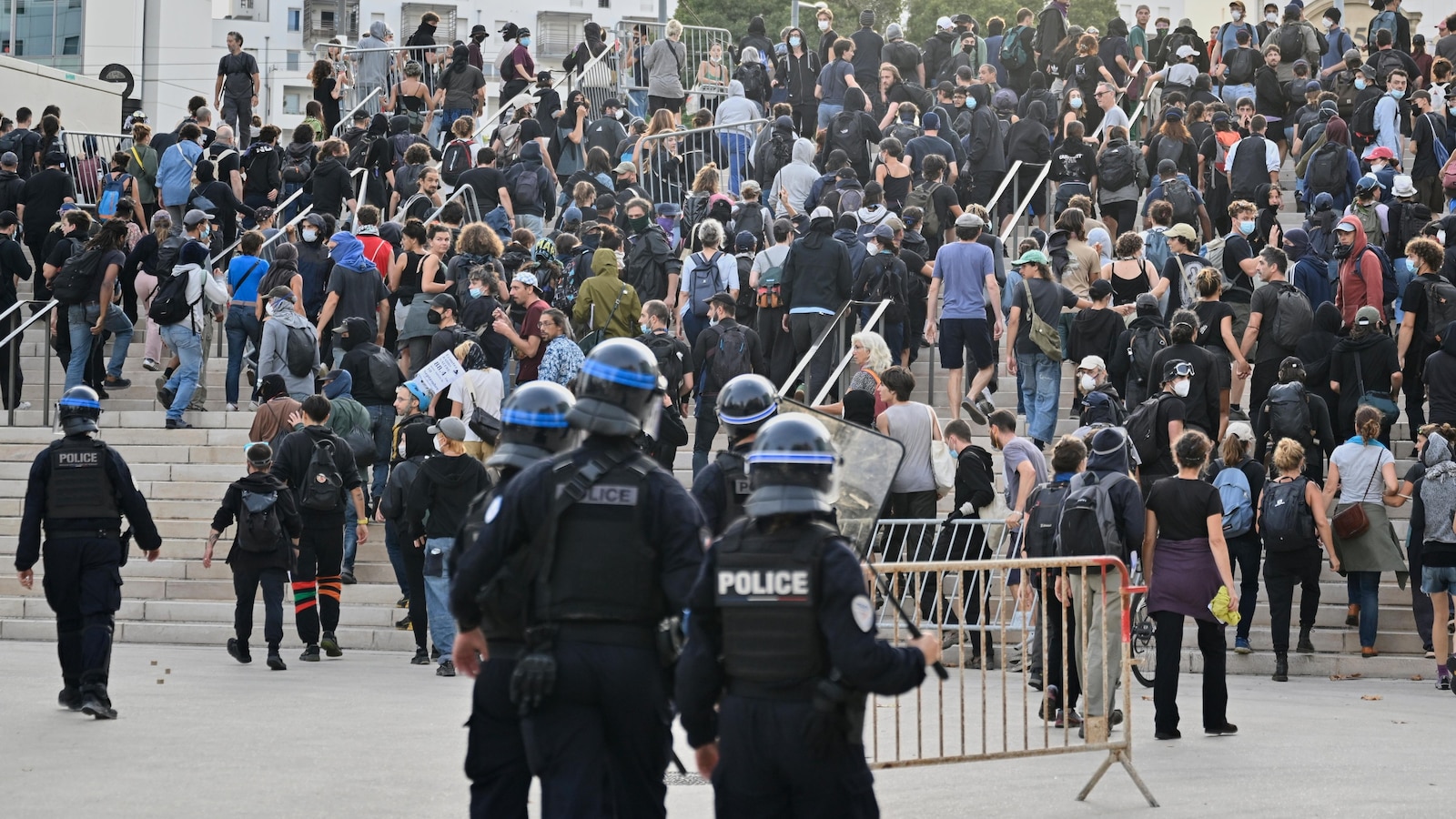
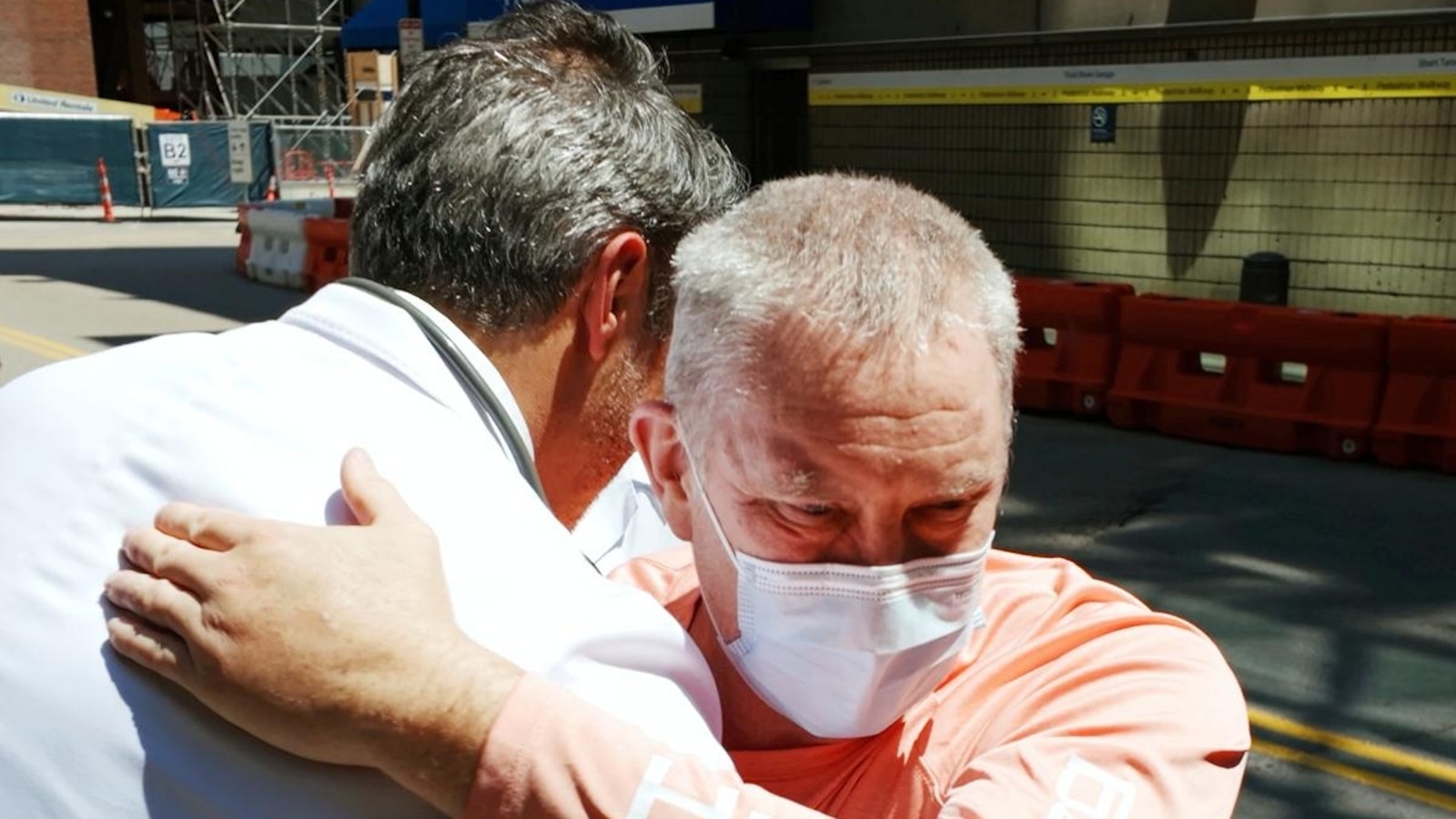








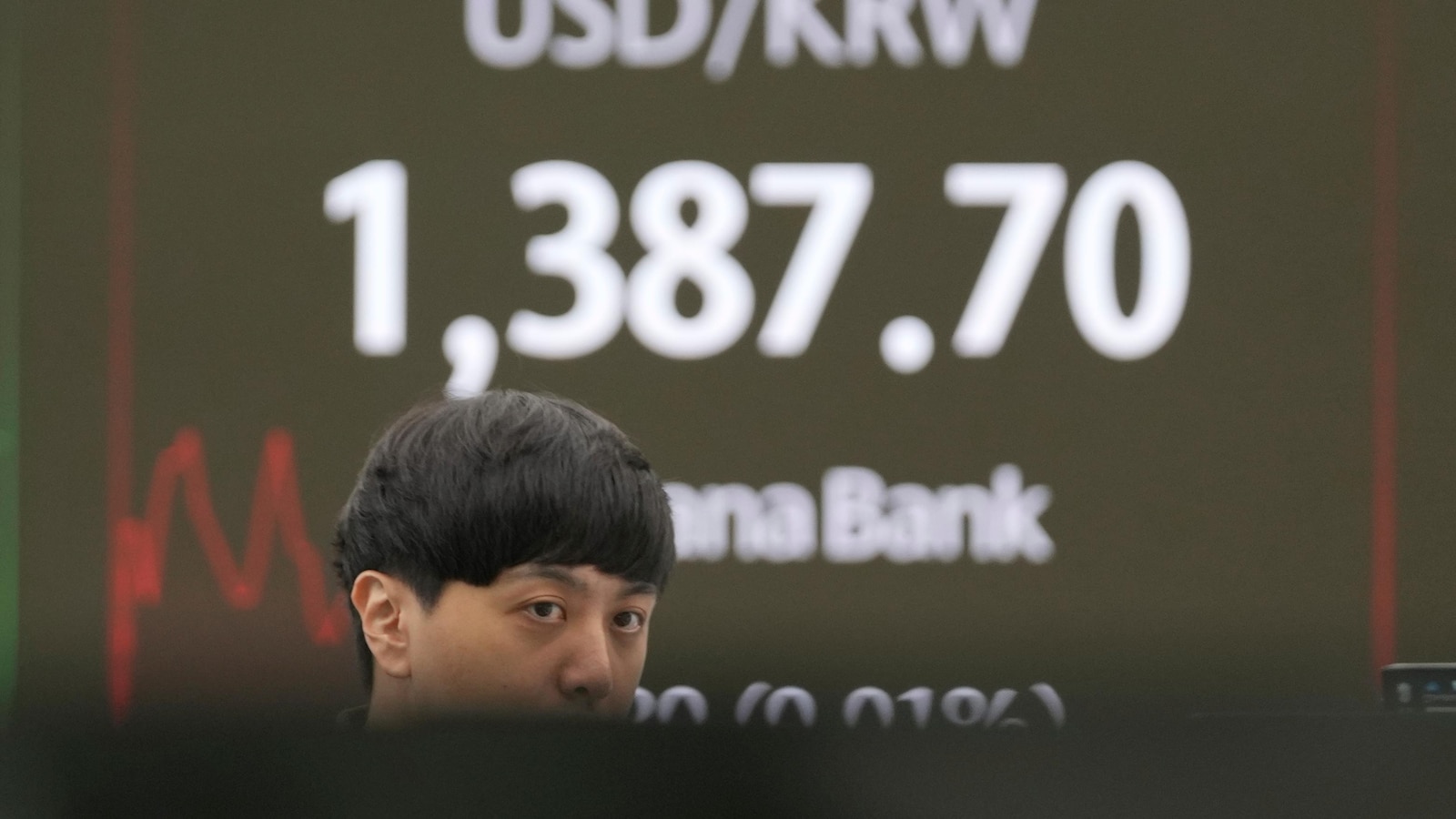


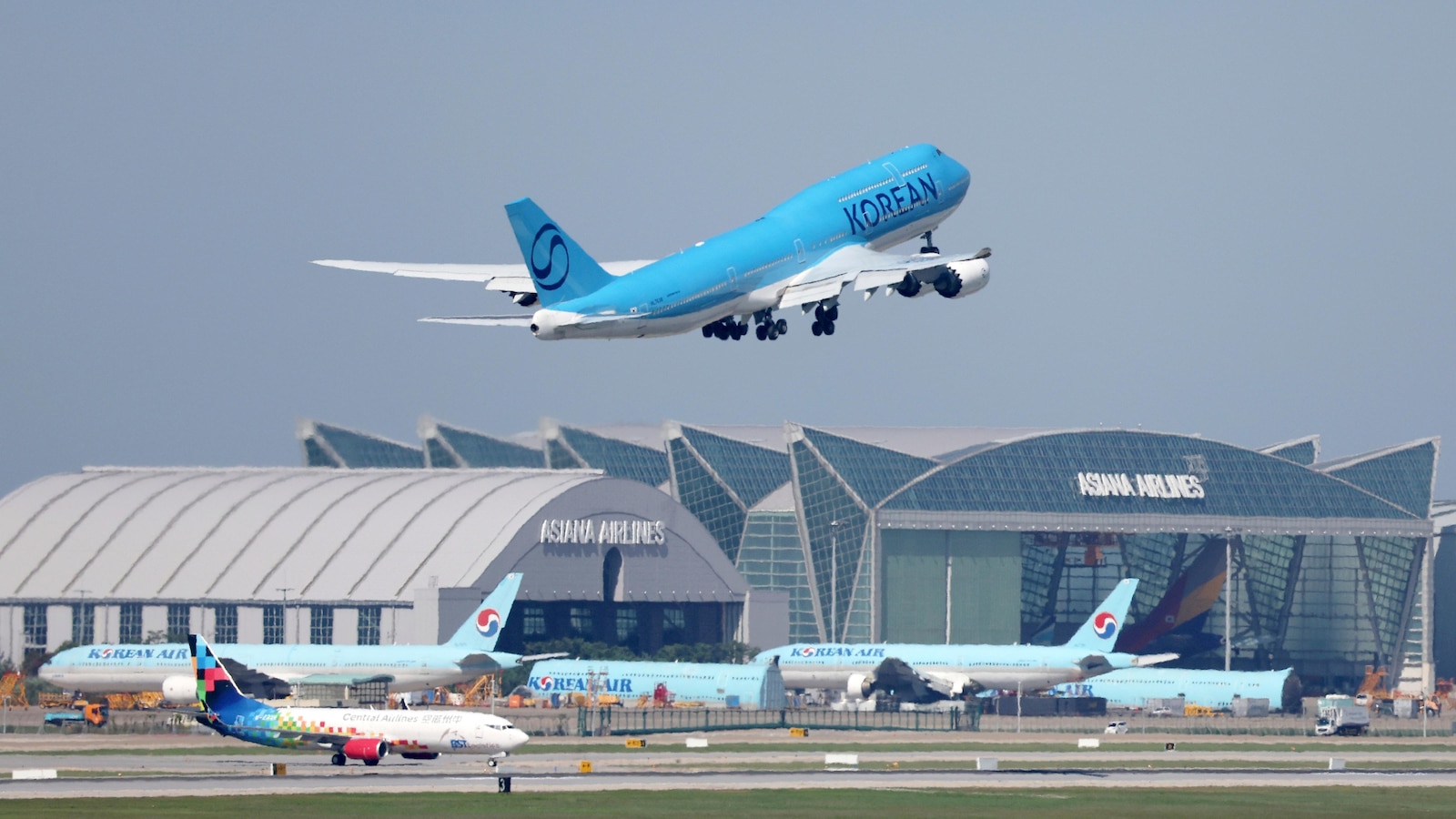

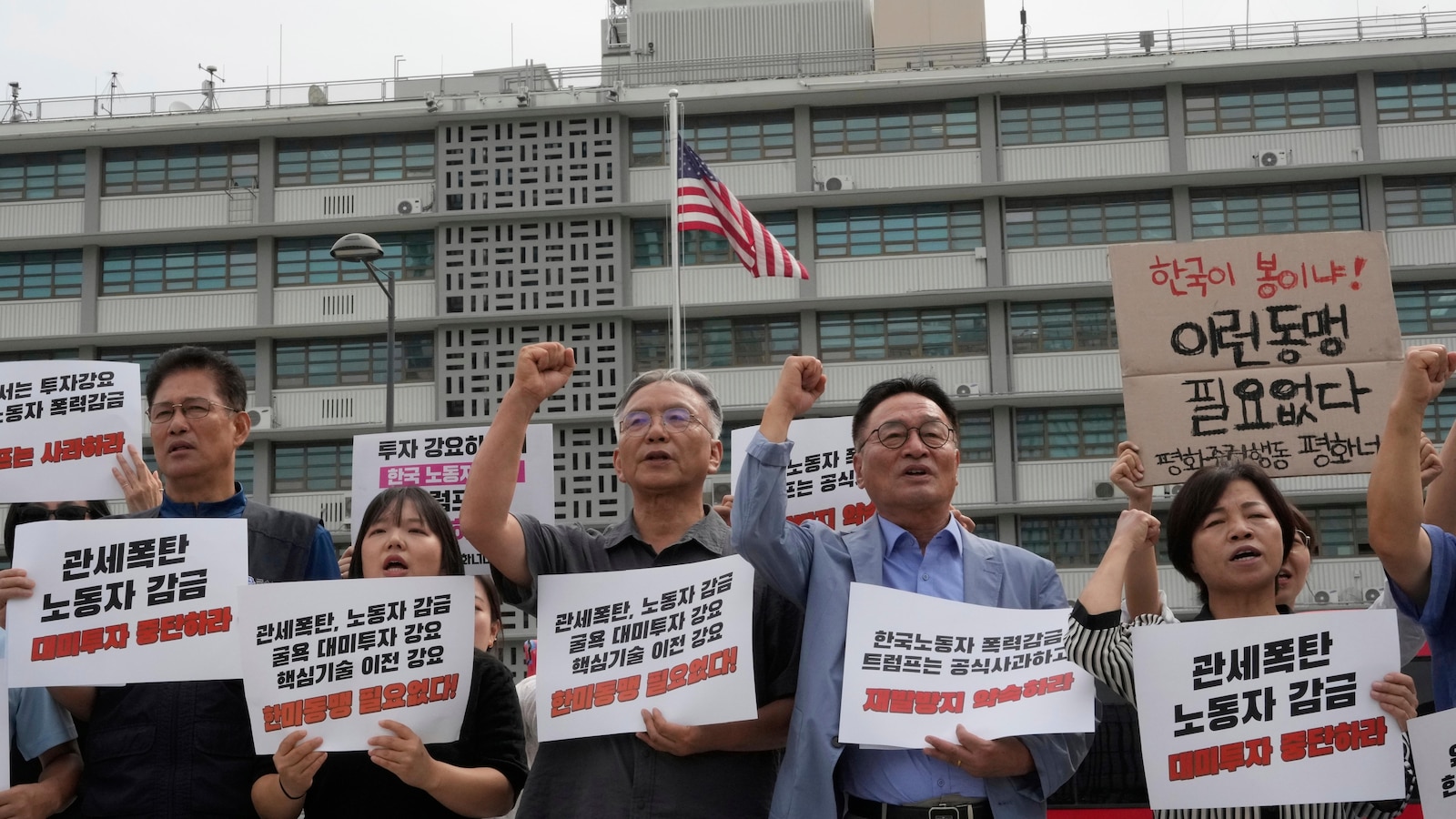













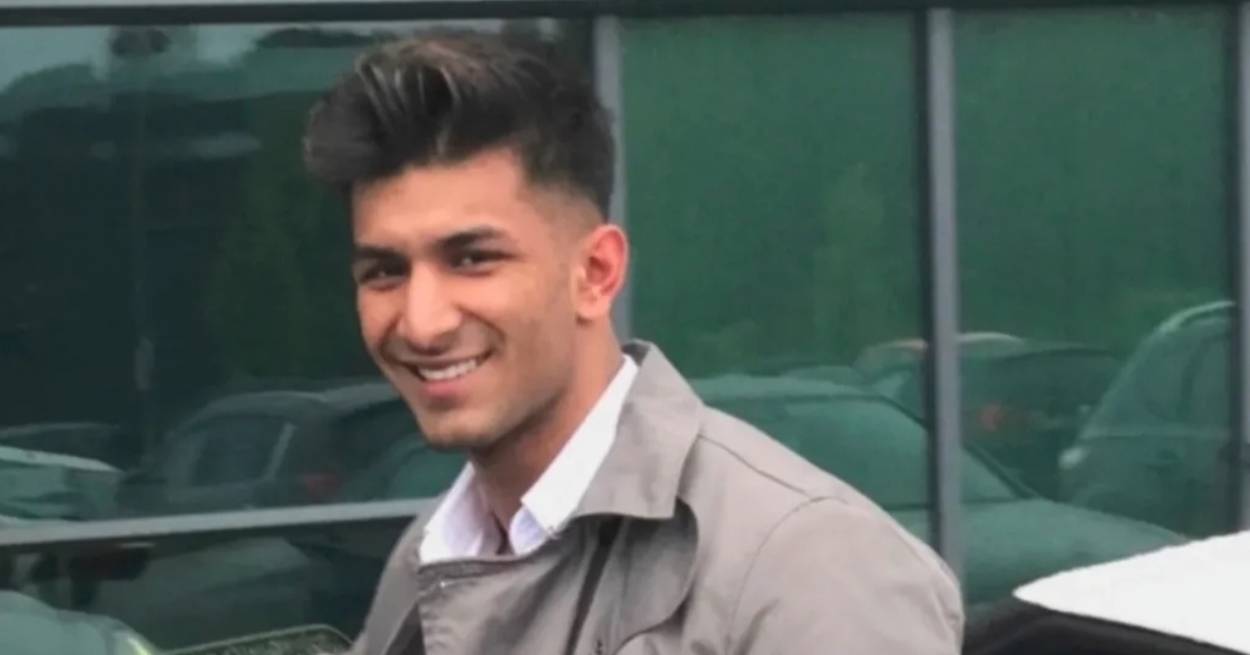




 English (US) ·
English (US) ·